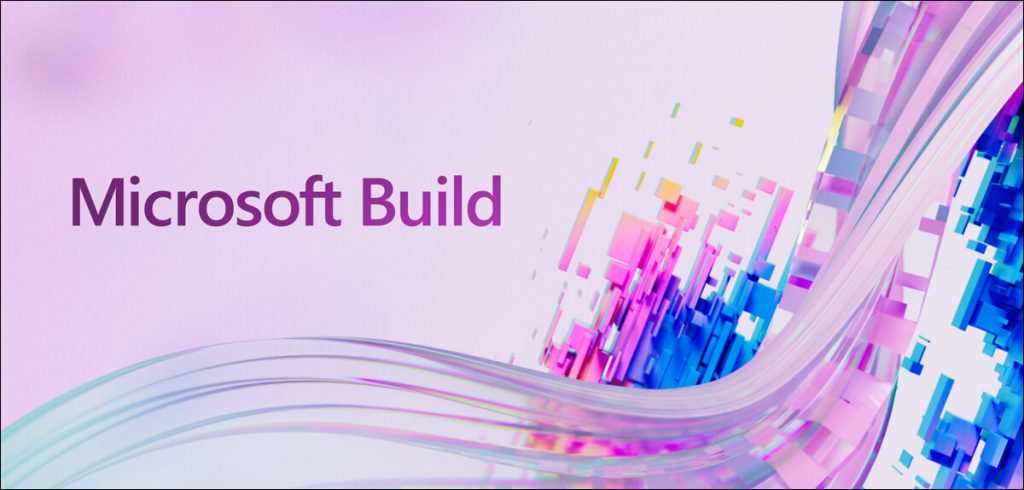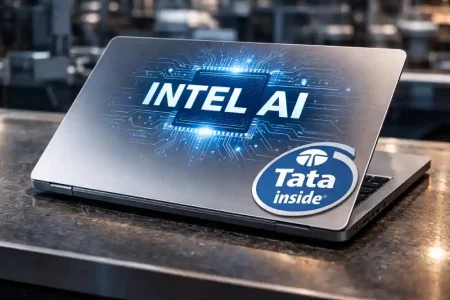The integration with the Visual Studio improves the development and deployment process of the services and the cooperation with Nvidia and AMD as hardware partners brings high-performance hardware to boost the AI offerings.
Every year, Microsoft hosts an extensive developers’ conference called Build, and Build 2024 was no exception. Since web applications have become more significant in our day-to-day operations, the announced updates for Azure App Service – the service for building and hosting web apps – will be interesting. These new features are designed to address such issues to ensure that your online business is enjoyable for the customers. Below is a summary of the most important features and announcements made during the event by which web development will become easier and more accessible even to ‘non-geeks’.

Scaling Made Simple: Automatic Scaling takes the Wheel
Suppose you have developed a great e-commerce site; however, when the number of users increases, it freezes. Frustrating, right? And that is where the new automatic scaling of the Azure App Service comes in handy! This feature eliminates the need for manual corrections or to modify a long sequence of code. With auto-scaling, your application can grow or shrink its resource (which is analogous to computing power) as needed, depending on traffic. This makes your website fully responsive and very functional during the busiest of hours for the customers to enjoy their experience.
Sidecar Support: Automate your applications with ease
There was a time when you wished to extend your app’s functionality without modifying the source code, right? But do not worry, Sidecar containers are here to assist! The latest version of Azure App Service on Linux is the sidecars now available in public preview. These minimal load bearers execute your core application concurrently and can perform activities such as logging, monitoring, and caching. Depending on the implementation, it also gives you the ability to add functionality decoupled directly from the source code.
Rapid Development with Support for Visual Studio
Microsoft solidifies the connection between the Azure App Service and Visual Studio. The ability to deploy apps directly from Visual Studio has now become possible, and this greatly relieves the development process and makes deployment very fast. Another aspect of this integration is enhanced debugging within the IDE, which in turn means effective problem-solving.
This underlines the advantages of sidecars for technical and non-technical audiences and stresses visual studio integration as one of the major aspects of its smooth development process. “ We aim to make Azure App Service the favourite development platform amongst developers, and this integration with Visual Studio brings us closer to our goal,” said Scott Guthrie, Executive Vice President – Cloud and AI Group at Microsoft.
Nvidia Partnership: Improving AI Performance
The close cooperation between Nvidia and Microsoft in the co-pilot stack is one noteworthy breakthrough. This partnership brings Azure Confidential Computing to GPUs, helping to protect critical data associated with AI instances. The new H200 GPU should be available in Azure by the end of the year, and Microsoft is set to be among the first cloud service providers to offer Blackwell GPUs, including the B100s and GB200 configurations from Nvidia.

General Availability of AMD MI300X VMs
It is also noteworthy that Azure is the first provider of cloud services where VMs based on AMD’s MI300X developments in artificial intelligence accelerators were introduced. These VMs offer an outstanding value proposition for GPT-4 inference, which is beneficial for developing artificial intelligence in terms of usability. This cooperation can be considered a breakthrough for AMD as well as for Microsoft.
Public Preview of Cobalt-Based VMs
Exactly six months after the Microsoft Cobalt announcement of an Arm-based compute processor, the company is announcing the general availability of Cobalt-based virtual machines. This signifies a huge advancement in cloud computing innovation since it merges the powerful Arm architecture with Azure’s superior engineering. Cobalt-based VMs have been specifically designed to provide optimum levels of performance and power-saving capabilities, thus being suitable for most tasks. These VMs are optimised for applications that demand more computational resources in comparison to power consumption, for instance, machine learning model training, data preprocessing, and website hosting. Besides expanding the choice in comparison with similar solutions offered to developers, cobalt-based VMs also demonstrate Azure’s interest in offering diverse, elastic, and environmentally friendly computing environments. This move is meant to boost the flexibility and effectiveness of companies intending to implement efficient cloud solutions.
Expanding AI Model Horizons
Azure AI has expanded its focus in various ways by including the largest set of frontier and open-source models. This also extends to other types of models, such as large language models (LLMs) and small language models (SLMs), to cater to the development needs of all applications. One of them is GPT-40 from OpenAI, which is a multimodal model trained on Azure and capable of dealing with text and speech, images, and videos. This versatility makes GPT-40 one of the greatest strides in a technology that has the power to deliver far more interactive user experiences in multiple domains. This diverse set of models places Azure AI at the forefront of innovative approaches that benefit developers.

Azure AI Studio: New Frontier
Azure AI Studio is now available for general use, and it offers developers a fully integrated environment for constructing, training, and maintaining AI systems responsibly. This platform is fully secured with advanced safety measures that help counter potential security threats such as injection attacks with shields that help in preventing such attacks. Through this new standard, Azure AI Studio assists developers in providing safe and ethical artificial intelligence solutions with the most complex level of advancement in AI, enabling developers to advance artificial intelligence development responsibly and safely. Regardless of whether you are building new models or improving the existing ones, Azure AI Studio has all the tools and environment required to facilitate AI advancements sustainably.
Co-Pilot Studio and Connectors
Co-Pilot Studio and Connectors are the advanced features which let developers take the application even further and adapt it to suit their needs and those of their business in terms of particular processes and interactions. One of the key benefits of Co-Pilot Connectors is that developers can easily connect data across numerous platforms such as; Microsoft Graph, Power Platform, and Fabric Data, as well as third-party services including Adobe, Atlassian, ServiceNow, and Snowflake. This full-scale integration makes it easier to develop intelligent solutions that are deeply woven into multiple business processes to improve overall effectiveness in performance. This means that through customisable Co-Pilot, various organisations can enhance their use of AI in a way that best suits their business, making them more proficient.
Team Co-Pilot: Transforming Collaboration
Co-Pilot Team increases the aperture of use of Co-Pilot from a personal assistant to an effective team assistant. It is designed to work with Microsoft Teams, Loop, Planner, and many other collaboration apps. Some of the possibilities when it comes to using Team Co-Pilot are that one can set meeting agendas, manage projects with an ability to track progress and deadlines, take detailed notes, and project manage with the software so that everything is running on track. As a result, it becomes easier to keep track of the milestones, action items, and various outstanding issues while at the same time increasing the overall team coordination and productivity towards the end of improving the rate of project delivery.

Key Takeaways
Build 2024’s announcements demonstrate Microsoft‘s dedication to innovation and use cases in Azure App Service, previewing meaningful improvements to web development. Concerns such as scaling or sidecar are some of the most frequent problems developers encounter, and all of them have been addressed by enabling factors. The integration with the Visual Studio improves the development and deployment process of the services and the cooperation with Nvidia and AMD as hardware partners brings high-performance hardware to boost the AI offerings. The fact that Cobalt-based VMs are available in Azure clearly shows the company’s commitment to customization and environmental protection. These enhancements in synergy with the advanced opportunities of Azure AI and the versatility of Co-Pilot Studio and Team Co-Pilot make Azure stand out as the platform that enables developers to build purposeful, transformative applications.
In case you missed:
- None Found










